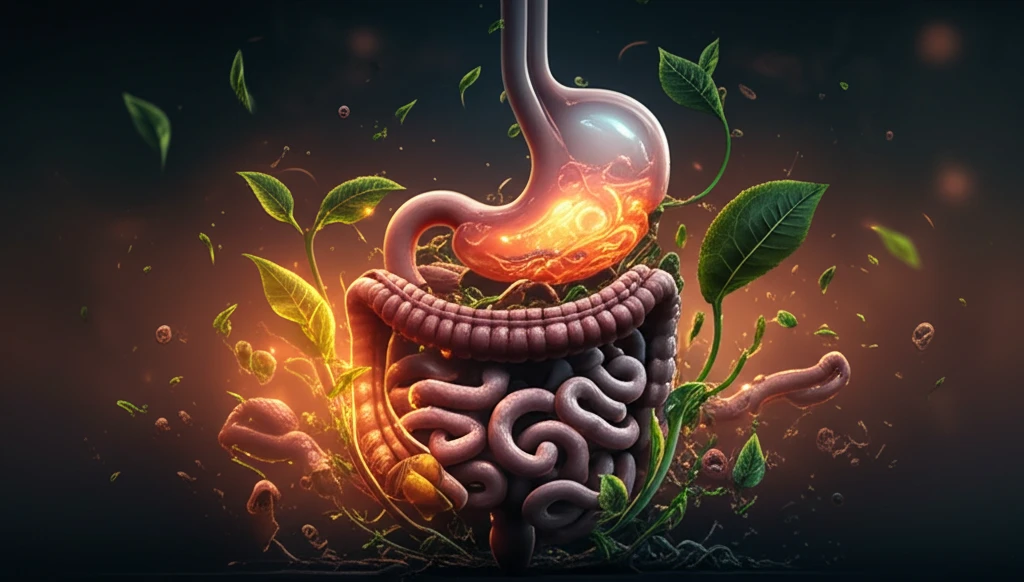
Unlocking the Power of Tea: How Gallic Acid and EGCG Can Boost Your Protein Digestion
"Discover the surprising ways that tea compounds interact with whey protein to enhance your health and fitness gains."
In the quest for optimal health and fitness, understanding how nutrients interact is key. Whey protein, a staple in many diets, is valued for its muscle-building and recovery properties. But what if we could enhance its benefits? Enter gallic acid (GA) and epigallocatechin gallate (EGCG), two powerful compounds found in tea. Research suggests these phenolics can significantly alter how our bodies use whey protein, especially when it's heat-treated.
A recent study published in the Journal of Agricultural and Food Chemistry delves into the intricate relationship between GA/EGCG and heat-unfolded whey proteins. By examining how these compounds bind to proteins and influence their digestion, the researchers uncovered surprising insights into radical scavenging activity. This article breaks down the science, offering practical takeaways for anyone looking to optimize their protein intake and overall well-being.
Whether you're a fitness fanatic, a health-conscious eater, or simply curious about the science behind nutrition, this exploration of GA/EGCG and whey protein is sure to provide valuable knowledge. Let's dive into the details and unlock the potential of these natural compounds.
How Do Tea Compounds Interact with Whey Protein?

The study focused on the interaction between gallic acid (GA) and epigallocatechin gallate (EGCG) with heat-unfolded whey protein isolate (HWPI). Researchers preheated whey protein and then introduced GA/EGCG at different concentrations, mimicking conditions that might occur when you mix tea with your protein shake. The experiment measured how these compounds bind to the protein and how this binding affects the protein's ability to combat free radicals during digestion.
- Binding Strength: EGCG binds more strongly to heat-unfolded whey protein than gallic acid.
- Structural Changes: EGCG is more effective at forming protein complexes.
- Radical Scavenging: Both free and bound phenolics showed some antiradical activity, but the real magic happened during digestion.
Enhance Your Protein Intake with Tea
These findings suggest that incorporating tea, rich in gallic acid and EGCG, with your whey protein regimen could significantly boost its health benefits. The synergistic effect observed during digestion highlights a practical way to enhance antioxidant activity and combat oxidative stress. So next time, consider brewing a cup of tea to accompany your protein shake – it might just be the secret ingredient you've been missing!
